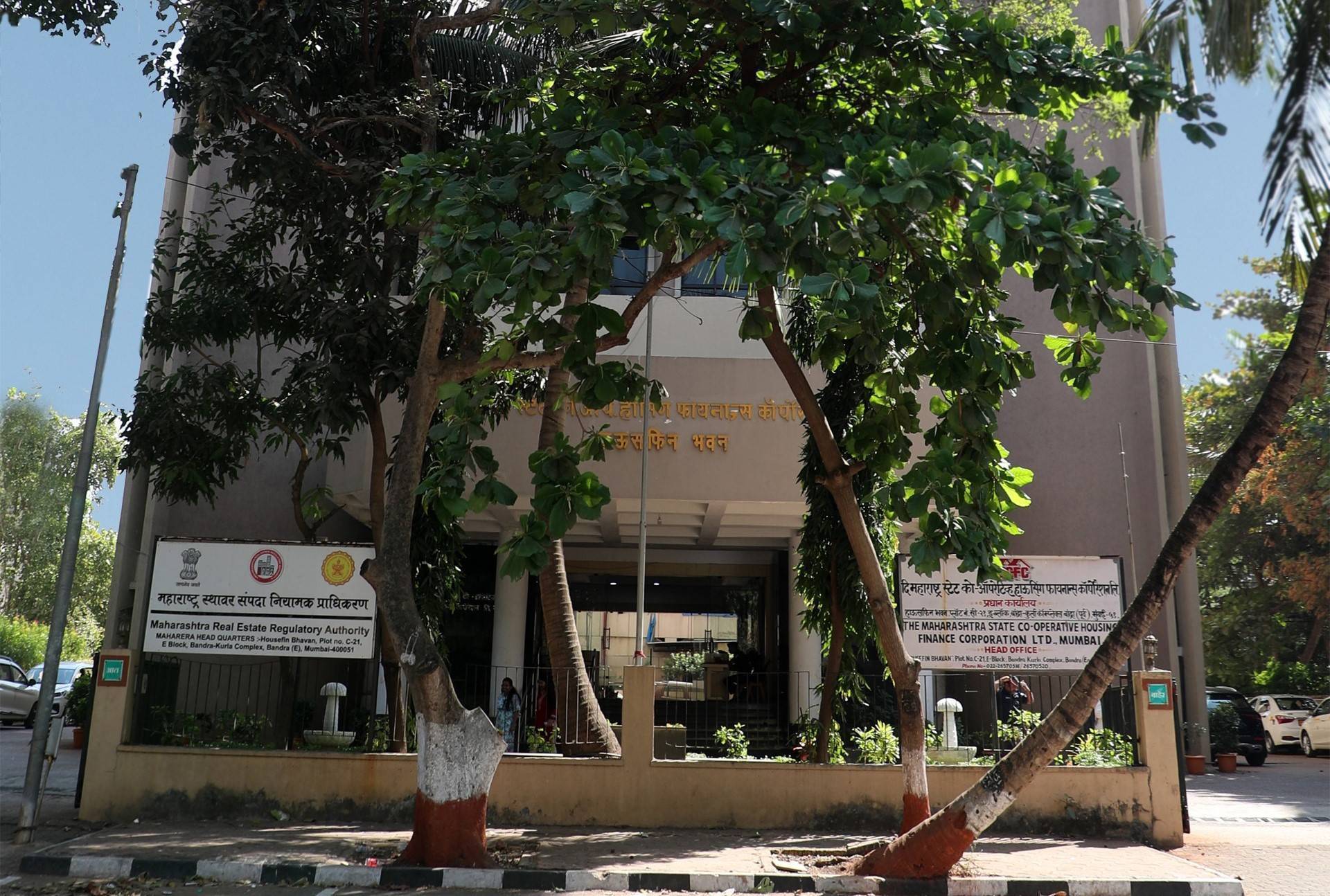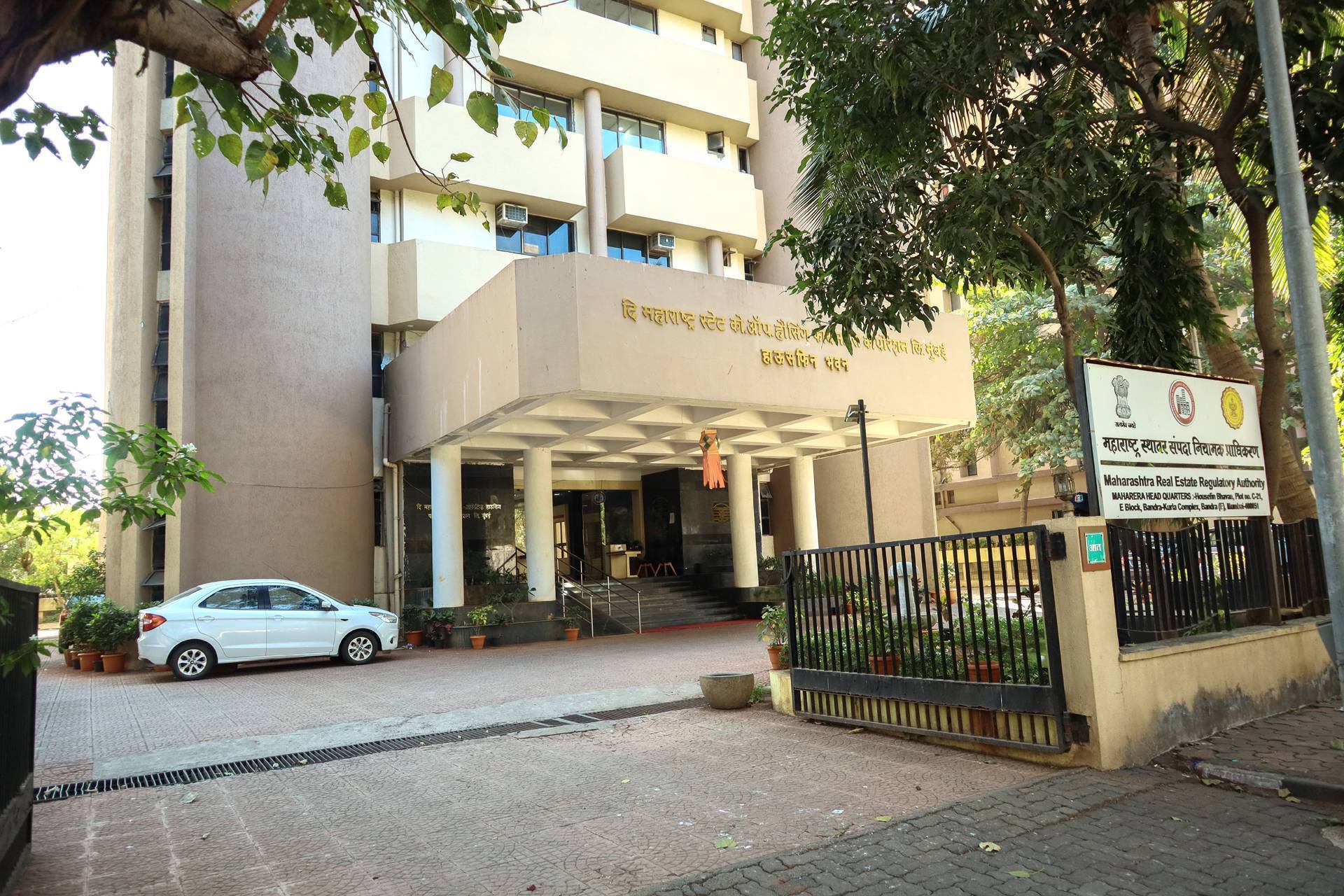The Karnataka Legislative Assembly has cleared the Greater Bengaluru Governance (Amendment) Bill, 2025, setting in motion a major restructuring of the city’s civic framework. The legislation, piloted by Deputy Chief Minister D.K. Shivakumar, proposes to replace the existing Bruhat Bengaluru Mahanagara Palike (BBMP) with five independent municipal corporations and a supervisory metropolitan authority.
The bill marks one of the most significant reforms to Bengaluru’s urban governance in decades, aimed at addressing the challenges of rapid urbanisation, population growth, and fragmented planning across civic agencies.
A New Civic Map for Bengaluru
Under the provisions of the amendment, Bengaluru will no longer be governed by a single civic body. Instead, five corporations—Central, North, East, West, and South, will be created to manage different zones of the city. Each will have its own mayor, council, and administrative machinery, mirroring the decentralised model envisaged in the 74th Constitutional Amendment.
To ensure metropolitan-wide coordination, the law also establishes the Greater Bengaluru Authority (GBA), a centralised supervisory body. The GBA will be tasked with integrated planning, large-scale infrastructure projects, and inter-agency coordination, while the newly carved-out corporations will retain powers over local administration, taxation, and service delivery.
Deputy CM Shivakumar emphasised in the Assembly that the amendment clarifies the roles of both entities. He assured that “the GBA will not interfere with the functioning of the new corporations” and reiterated that mayors and councillors will continue to enjoy full constitutional authority.
Continuity With Reform
The passage of this bill builds on the earlier Greater Bengaluru Governance Act, 2024, which had formally created the GBA by subsuming the BBMP. The latest amendment addresses gaps identified during its rollout, particularly fears of excessive centralisation and erosion of municipal autonomy.
Shivakumar also stressed that financial independence and local representation would remain intact under the new structure. The reform, he argued, balances accountability with efficiency, enabling both grassroots governance and metropolitan-level planning.
Expansion of Jurisdiction
One of the bill’s defining features is the proposed expansion of Bengaluru’s civic boundaries. While the BBMP currently governs roughly 700 square kilometres, the GBA’s jurisdiction is expected to cover nearly 1,000 square kilometres. This brings peripheral towns and adjoining villages into the metropolitan fold, effectively redrawing the map of India’s IT capital.
This expansion is particularly significant for infrastructure and real estate. By officially integrating peri-urban regions into the city’s governance framework, the bill sets the stage for greater investment in civic amenities, transport, and housing.
Implications for Real Estate and Infrastructure
Urban experts note that the new governance model could reshape the dynamics of Bengaluru’s property market. Hindustan Times cited civic activist Srinivas Alavilli as observing that areas currently on the city’s margins are likely to witness a surge in land values once they are formally recognised within the GBA’s jurisdiction. The expectation of enhanced civic services and connectivity is already influencing demand in these locations.
In parallel, the bill is expected to support the development of new business corridors and commercial hubs outside the city’s traditional centres. Currently, economic activity is concentrated in Whitefield, Electronic City, Outer Ring Road, and the central business district. Decentralised governance combined with metro and suburban rail expansion could encourage more balanced growth, creating new residential and commercial clusters.
For infrastructure agencies, the reform represents a shift toward greater coordination. Key bodies such as the Bengaluru Development Authority, Bangalore Water Supply and Sewerage Board, and Bengaluru Metropolitan Transport Corporation will now be aligned under the GBA umbrella, reducing overlaps and improving accountability. Experts argue that this integrated framework could help resolve Bengaluru’s long-standing problems of water scarcity, traffic congestion, and uneven urban planning.
Balancing Local and Metropolitan Interests
While the reform has been welcomed as a step toward efficient governance, its success will depend on how effectively the GBA and local corporations share responsibilities. Critics have previously warned that excessive centralisation might dilute local representation, while too much fragmentation could weaken long-term planning. The amendment attempts to strike a balance by delineating powers more clearly.
Political analysts also view the bill as a test of Bengaluru’s capacity to manage its status as a global tech hub while responding to the everyday needs of its residents. Ensuring that decentralisation translates into better garbage management, smoother roads, and reliable utilities will be the ultimate measure of its impact.
As India’s fastest-growing metropolis, Bengaluru has long struggled with a mismatch between its economic dynamism and civic management. The passage of the Greater Bengaluru Governance (Amendment) Bill, 2025, represents an attempt to close that gap by reimagining how the city is governed.
If implemented effectively, the reforms could mark a turning point, offering a model of decentralised yet integrated urban governance for other megacities in India. For now, the focus will be on operationalising the new corporations and setting up the GBA, with guidelines on boundaries, powers, and coordination expected in the coming months.









.png)